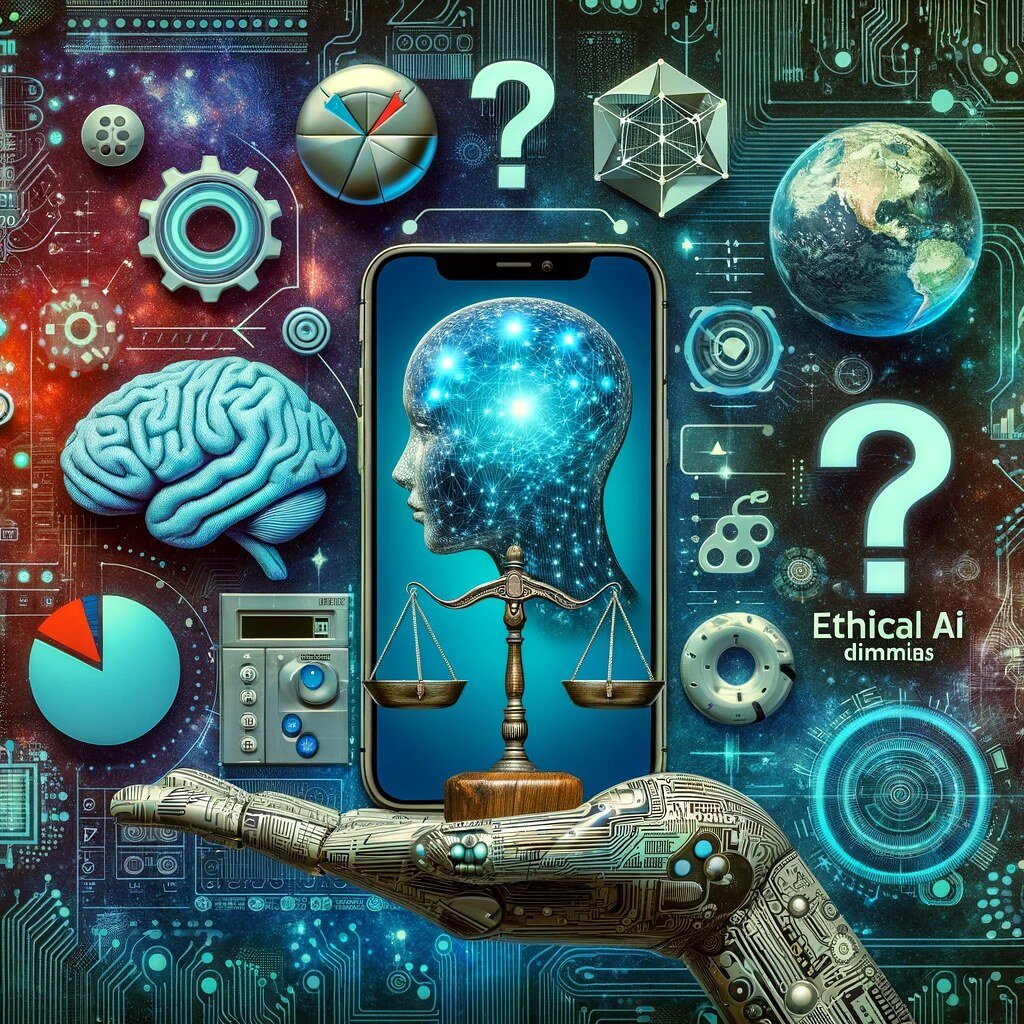The world of content creation is buzzing with the news of Adobe entering the text-to-video AI arena. The creative software giant has reportedly been developing its own text-to-video model, joining a growing list of companies like OpenAI and Runway exploring this exciting yet controversial technology.
What is Text-to-Video AI?
Text-to-video AI is a type of generative AI that can create video content based on a simple text description. Users provide a script or outline, and the AI model generates a video with visuals, animations, and even music (depending on the platform). These models are still under development, but they have the potential to revolutionize the way videos are created (MIT Technology Review article on Generative AI: https://www.technologyreview.com/2023/04/27/1072102/the-future-of-generative-ai-is-niche-not-generalized/).
How is Adobe’s Text-to-Video AI Different?
While details are scarce, reports suggest that Adobe’s approach might differ from existing text-to-video models in a few key ways:
-
Ethical Considerations: Adobe has reportedly placed a strong emphasis on ethical considerations during development (https://www.adobe.com/ai/overview/ethics.html). This could involve features to prevent the creation of biased or misleading content, a concern with some existing models (Policy Options article on AI bias and accountability: https://policyoptions.irpp.org/magazines/october-2023/ai-bias-accountability/).
-
Focus on Professional Content Creation: Adobe’s core user base includes professional editors and designers (Adobe website – Creative Cloud: https://www.adobe.com/creativecloud.html). Their text-to-video model might be geared towards creating high-quality videos for marketing, advertising, or explainer purposes.
-
Integration with Existing Tools: Since Adobe already offers a suite of video editing software (Premiere Pro, After Effects) (Adobe website – Premiere Pro: https://www.adobe.com/products/premiere.html, After Effects: https://www.adobe.com/products/aftereffects.html), its text-to-video AI could integrate seamlessly with these tools, allowing for further customization and refinement of the generated videos.
Potential Applications
Here are some potential applications for Adobe’s text-to-video AI:
-
Creating Storyboards and Mockups: Quickly visualizing concepts and storyboards for video projects could be a valuable tool for filmmakers and animators (No Film School article on Storyboarding: https://nofilmschool.com/learn-how-start-storyboarding-these-invaluable-tips).
-
Generating Explainer Videos: Businesses and organizations could use AI to create simple explainer videos for products, services, or concepts (Wyzowl explainer video statistics: https://www.wyzowl.com/ explainer-video-statistics/).
-
Personalizing Marketing Content: Generating personalized video ads or marketing materials based on user profiles could be a powerful marketing tool (Forbes article on personalization in marketing: https://www.forbes.com/sites/forbesbusinesscouncil/2023/12/06/the-power-of-personalization-in-marketing-and-website-design/).
-
Social Media Content Creation: Social media creators could leverage AI to generate quick video snippets or intros for their channels.
-
Educational Content Development: Teachers or trainers could use text-to-video AI to create engaging educational materials.
-
Accessibility Tools: Text-to-video AI could be used to create captions or audio descriptions for videos, making them more accessible to a wider audience (W3C Web Accessibility Initiative: https://www.w3.org/WAI/).
Challenges and Concerns
Despite the potential benefits, there are challenges and concerns surrounding text-to-video AI:
-
Quality and Control: Current text-to-video models can struggle with complex concepts or generate visually unappealing results. Maintaining creative control over the final video output will be crucial for users.
-
Copyright Issues: Ensuring that AI-generated content doesn’t infringe on existing copyrights requires careful consideration. Existing copyright laws might need to be adapted to this new technology (Stanford Law School – Fair Use Project: https://fairuse.stanford.edu/).
-
Impact on Jobs: The widespread adoption of text-to-video AI could potentially automate some video creation jobs, raising concerns about job displacement in the creative industries.
Opinion
The development of Adobe‘s text-to-video AI is a significant development in the content creation landscape. While the technology is still in its early stages, it has the potential to streamline workflows, democratize video creation for a wider audience, and make video content more accessible. However, addressing ethical concerns, ensuring creative control, navigating potential job market disruptions, and establishing clear copyright guidelines will all be crucial for this technology to be adopted responsibly.
As with any powerful tool, the ultimate impact of text-to-video AI will depend on how it’s used. In the hands of skilled creators, it has the potential to be a game-changer. However, used carelessly, it could also contribute to the spread of misinformation or low-quality content. Ultimately, the future of text-to-video AI will be shaped by a combination of innovation, ethical considerations, and responsible user practices.




